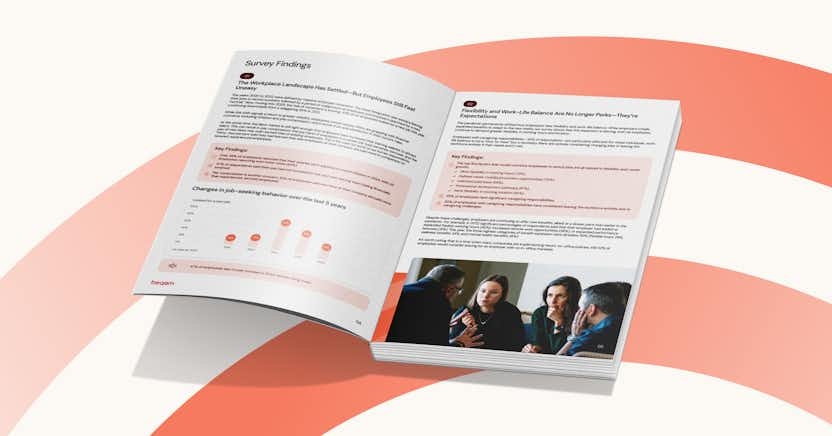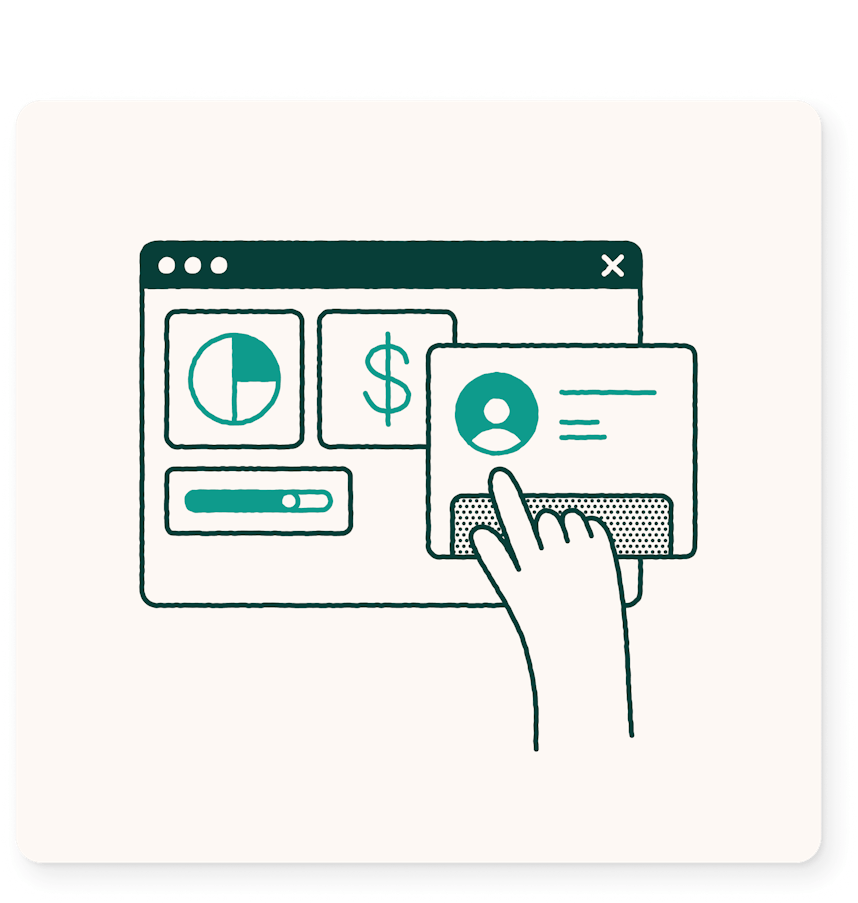
International Women’s Day is a moment to celebrate women's achievements, raise awareness about discrimination, and take meaningful action to drive gender parity. The 2024 theme, “Inspire Inclusion,” focuses on fostering a more inclusive world for women collectively. It highlights the importance of collaboration and shared effort in breaking down barriers to equality.
As part of this mission, achieving gender pay equity remains a critical challenge. Despite years of discussion and initiatives, significant progress is still needed. Many companies continue to struggle with identifying and addressing pay equity issues within their organizations, a task that requires both insight and action.
Uncovering pay inequities is no easy task. It’s straightforward to compare average pay between genders, but understanding the root causes of disparities and implementing sustainable solutions is much more complex. For organizations, the stakes are high—not just to ensure fairness but also to retain and attract top talent in an increasingly competitive labor market.
Quantifying the gender pay gap: A 2024 analysis
The gender pay gap remains a significant global challenge, and while some strides have been made, progress varies widely across regions and industries. Understanding the current state of pay equity, as well as how it has evolved over time, is essential for driving effective solutions.
The current state of gender pay equity globally
In 2024, women worldwide continue to earn significantly less than men, with the global average still hovering around 77 cents for every dollar earned by men, according to data from UN Women. For marginalized groups such as women of color, immigrants, and mothers, the disparity is often even greater.
In the U.S., women earn 82 cents for every dollar earned by men—a slight improvement from previous years, but still far from equitable. In Europe, the gender pay gap stands at 86 cents per euro, highlighting the ongoing need for targeted interventions. Meanwhile, developing nations often face even starker disparities due to limited access to education, healthcare, and employment opportunities for women.
Historical evolution and recent trends in gender pay disparity
The gender pay gap is not a static issue. Over the decades, various social, economic, and policy factors have influenced the disparity. In the mid-20th century, the pay gap was significantly wider, with women often relegated to low-paying jobs or excluded from the workforce altogether.
The rise of movements advocating for women’s rights in the 1970s and 1980s saw the introduction of laws aimed at addressing wage discrimination. However, progress has been uneven. The COVID-19 pandemic exacerbated existing inequalities, as women disproportionately shouldered caregiving responsibilities, often at the expense of their careers.
In recent years, technological advancements have both helped and hindered progress. While AI-driven tools can uncover and address inequities, poorly implemented technologies can perpetuate biases, further entrenching disparities. The focus for 2024 and beyond must be on leveraging these tools responsibly while continuing to address systemic barriers to equity.
What causes the gender pay gap?
These numbers reflect the “uncontrolled” or “unadjusted” pay gap, regardless of job type, industry, years of experience, education, certifications, and other factors. However, when all factors are accounted for—that is, when comparing a man and a woman with the same qualifications and job title—the “controlled” gender pay gap is much smaller. In the U.S., women earn 99 cents for every dollar a man makes in this scenario. But the challenge for women often lies in gaining access to those “same” jobs and titles.
So, should we just raise the salaries of women? It’s not that simple. While outright pay discrimination can exist, other factors contribute to the gender pay gap, such as access to opportunities, caregiving responsibilities, and systemic biases. Here are some key contributors:
The type of job
Women historically have been concentrated in lower-paid fields such as healthcare, education, and caregiving—industries that often offer lower wages and fewer benefits compared to male-dominated fields like technology or construction. Breaking these occupational norms and encouraging more women to enter higher-paying sectors can help close the gap. However, ensuring these women receive equitable pay and opportunities is just as critical.
Caregiving responsibilities
Women are more likely than men to step away from the workforce to care for children, aging relatives, or other dependents. These career breaks result in lost experience, slower career progression, and reduced earning potential over a lifetime. Organizations can support women by offering paid family leave, flexible work arrangements, and pathways for reentry into the workforce after caregiving responsibilities.
Fewer hours worked
Caregiving often leads women to work fewer hours or take part-time positions, which reduces not only pay but also benefits and advancement opportunities. Policies that support flexible working hours, remote work, or job-sharing can mitigate these challenges and enable women to balance work and personal responsibilities more effectively.
Discrimination and bias
Conscious and unconscious biases continue to play a role in hiring, promotions, and pay decisions. A study by the MIT Sloan School of Management found that women are 14% less likely to be promoted than men, even when receiving higher performance ratings. Additionally, women often receive lower ratings for "potential," which limits their access to growth opportunities.
Propagation of existing biases
Biases can perpetuate through various mechanisms, such as reliance on salary history during hiring or poorly implemented AI algorithms. For example, algorithms trained on historical data reflecting male-dominated leadership may inadvertently favor male candidates. Addressing these issues requires a deliberate effort to identify and eliminate bias in decision-making processes.
Do I have a pay gap problem?
In a large organization, it’s possible to know the difference between men and women’s pay, but it’s impossible to know exactly how much of that difference is due to correctable bias without the right analytical tools. To ignore the problem risks alienating or losing top performers, diminishing your competitiveness in talent acquisition, and even facing discrimination lawsuits.
Yet most companies that help you identify pay gaps only assess a snapshot in time and then analyze it to death for a few months. By the time the analysis is complete, it’s outdated. To succeed with pay equity, you need to continually analyze your pay practices as people come and go, raises and promotions are granted, and policies are changed.
To tease out that insight into pay bias in your company requires thoughtful analysis and intelligent pay equity technology. A compensation management platform with an embedded analytical engine can give you the capability to:
- Measure your overall pay equality
- Discover root causes
- Identify at-risk employees
- Propose a remediation strategy
- Create models to assess/refine budget impact
- Provide decision support to managers
In order to assess pay equity in a meaningful and actionable way, you need a powerful compensation analytical engine that can manage and analyze data at scale and in real time.
The secret to sustainable fair pay is data
Achieving sustainable pay equity requires an integrated approach to data analysis. A centralized compensation management platform can unify disparate data sources, providing actionable insights into inequities and enabling employers to address them effectively.
beqom’s platform, for instance, leverages advanced AI and machine learning to pinpoint pay inequities, recommend solutions, and support managers with pay guidelines that balance equity, budget constraints, and organizational goals. By embedding pay equity analysis into day-to-day compensation decisions, companies can ensure fairness is a consistent priority rather than an afterthought.
A playbook to achieve pay equity
Closing the gender pay gap is a complex but achievable goal. Our free eGuide provides a step-by-step framework to help organizations identify pay gaps and implement meaningful solutions. From assessing the right metrics to asking the right questions, this resource equips leaders to take action toward fair and transparent pay practices.
Addressing pay equity only becomes more challenging—and costly—over time. Now is the time to act. Download the Pay Equity Playbook: The Pay Equity Actions That Matter Most to Your Workforce and demonstrate your commitment to fairness in the workplace.















